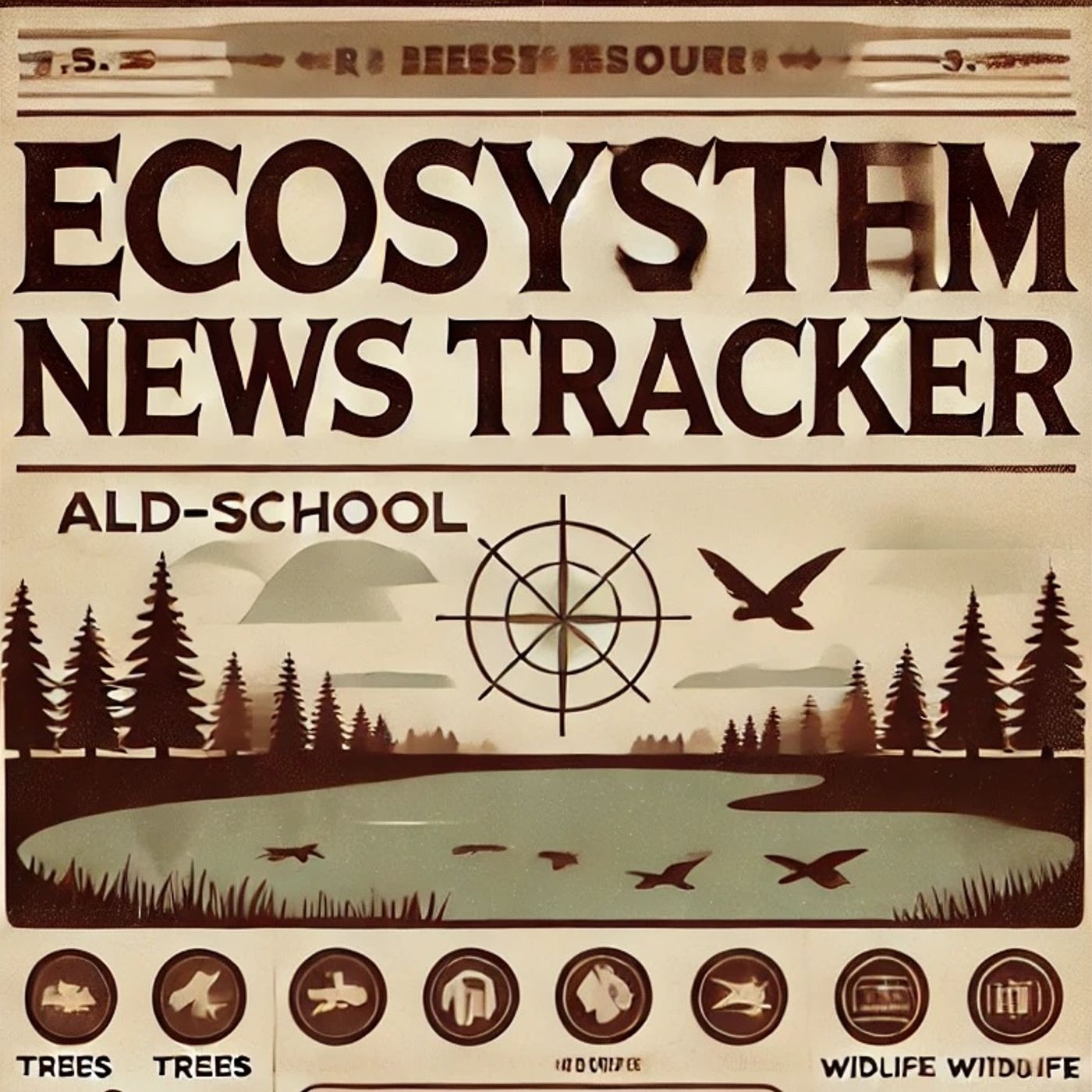Jan 11 2025 3 mins
Invasive annual grasses have become a significant ecological challenge across the sagebrush biome, a vast and vital landscape in North America. These grasses, which include species like cheatgrass (Bromus tectorum), pose a threat by diminishing native vegetation, altering fire regimes, and potentially transforming entire ecosystems.
A comprehensive study spanning over three decades, from 1987 to 2021, has mapped the rates of change in invasive annual grass cover within the sagebrush biome. This research provides critical insights into how these invasive grasses are spreading and identifies key areas where management efforts may be most effective.
The study reveals that the proliferation of invasive grasses is not uniform across the entire biome. Some regions experience rapid increases in invasive grass cover, while others remain relatively stable. These differences highlight the importance of targeted management strategies that account for local conditions and rates of change.
One of the primary impacts of invasive grasses is their role in altering fire regimes. These grasses tend to dry out earlier in the season compared to native vegetation, creating highly flammable fuel that increases both the frequency and intensity of wildfires. These changes in fire behavior can lead to more frequent disturbances that further disadvantage native species, perpetuating a cycle that favors the continued spread of invasives.
Management implications drawn from the study emphasize proactive and adaptive strategies. For areas experiencing the fastest increase in invasive grass cover, early intervention can be crucial. This might include the use of herbicides, strategic grazing, and the restoration of native plants to compete with and suppress invasive growth.
In regions where invasive grass cover is stable, maintaining current management practices while monitoring for changes is recommended. This approach allows for the deployment of resources where they are most needed while preventing the spread of invasive species to new areas.
The study also underscores the importance of collaboration across state and federal agencies, private landowners, and researchers. Sharing data and resources can enhance the effectiveness of grass management strategies and contribute to a broader understanding of how to protect and restore the sagebrush ecosystem.
Understanding the dynamics of invasive grass cover and implementing informed management strategies are critical for preserving the sagebrush biome. This ecosystem is not only home to a diverse array of plant and animal species but also supports various economic activities, such as grazing and recreation. By addressing the invasive grass challenge, stakeholders can help ensure the resilience and health of this vital landscape for future generations.
A comprehensive study spanning over three decades, from 1987 to 2021, has mapped the rates of change in invasive annual grass cover within the sagebrush biome. This research provides critical insights into how these invasive grasses are spreading and identifies key areas where management efforts may be most effective.
The study reveals that the proliferation of invasive grasses is not uniform across the entire biome. Some regions experience rapid increases in invasive grass cover, while others remain relatively stable. These differences highlight the importance of targeted management strategies that account for local conditions and rates of change.
One of the primary impacts of invasive grasses is their role in altering fire regimes. These grasses tend to dry out earlier in the season compared to native vegetation, creating highly flammable fuel that increases both the frequency and intensity of wildfires. These changes in fire behavior can lead to more frequent disturbances that further disadvantage native species, perpetuating a cycle that favors the continued spread of invasives.
Management implications drawn from the study emphasize proactive and adaptive strategies. For areas experiencing the fastest increase in invasive grass cover, early intervention can be crucial. This might include the use of herbicides, strategic grazing, and the restoration of native plants to compete with and suppress invasive growth.
In regions where invasive grass cover is stable, maintaining current management practices while monitoring for changes is recommended. This approach allows for the deployment of resources where they are most needed while preventing the spread of invasive species to new areas.
The study also underscores the importance of collaboration across state and federal agencies, private landowners, and researchers. Sharing data and resources can enhance the effectiveness of grass management strategies and contribute to a broader understanding of how to protect and restore the sagebrush ecosystem.
Understanding the dynamics of invasive grass cover and implementing informed management strategies are critical for preserving the sagebrush biome. This ecosystem is not only home to a diverse array of plant and animal species but also supports various economic activities, such as grazing and recreation. By addressing the invasive grass challenge, stakeholders can help ensure the resilience and health of this vital landscape for future generations.
